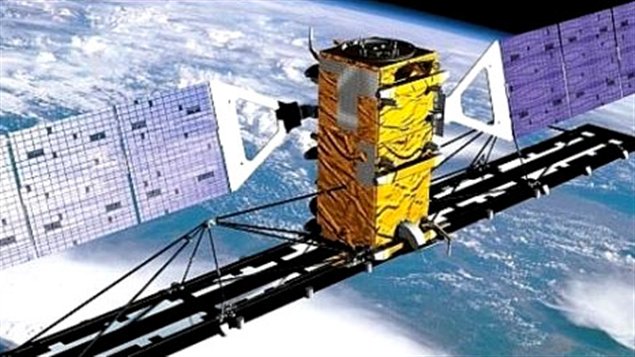It was Canada’s first earth observation satellite. Launched in 1995, Radarsat-1 had been functioning for 18 years, well beyond its original 5-year life expectancy.
However, in a news release this week, the Canadian Space Agency (CSA) reported that on March 29, an “anomaly” had occurred. Although CSA technicians are still working to recover functionality, the feeling at this point is that they may not be able to rectify the problem fully.
Michel Doyon, manager of flight operations, told reporters that they doubt the satellite was hit by space debris, which is a growing concern as orbits become more congested. He said the satellite simply stopped communicating, and they think it’s a power problem. Initially they could not communicate with it, but later were able to establish some contact and put the satellite in a semi-dormant “safe” mode to conserve power while they investigate what happened.
The aging satellite is equipped with a device called a synthetic aperture radar that can see through clouds, smoke and haze, and take images of the Earth for use in cartography and environmental surveillance and monitoring. Since its launch, it has been used to track the effects of global climate change, such as changes in ice cover, and for resource and disaster management.
The space agency added that the Radarsat-1 problems won’t have an affect on Canadian security, as a similar satellite, Radarsat-2, is working fine.
Radarsat-2 was launched in 2007. Unlike Radarsat-1, which is owned and operated by the government, Radarsat-2 is owned and operated by MacDonald Dettwiler and Associates Ltd. The Richmond, B.C.-based company has an agreement to supply data to the government of Canada throughout its lifetime in return for partial funding of the satellite’s construction and launch.
If Radarsat-1 cannot be returned to service, the 2,750-kilogram satellitte will add to a growing collection of dead spacecraft and debris now in orbit. It could remain there for a decade or more before falling back to Earth, whereupon most of it will burn up upon hitting the atmosphere.
The CSA is also working on a new trio of satellites, known as the Radarsat Constellation, set for launch in 2018.







For reasons beyond our control, and for an undetermined period of time, our comment section is now closed. However, our social networks remain open to your contributions.